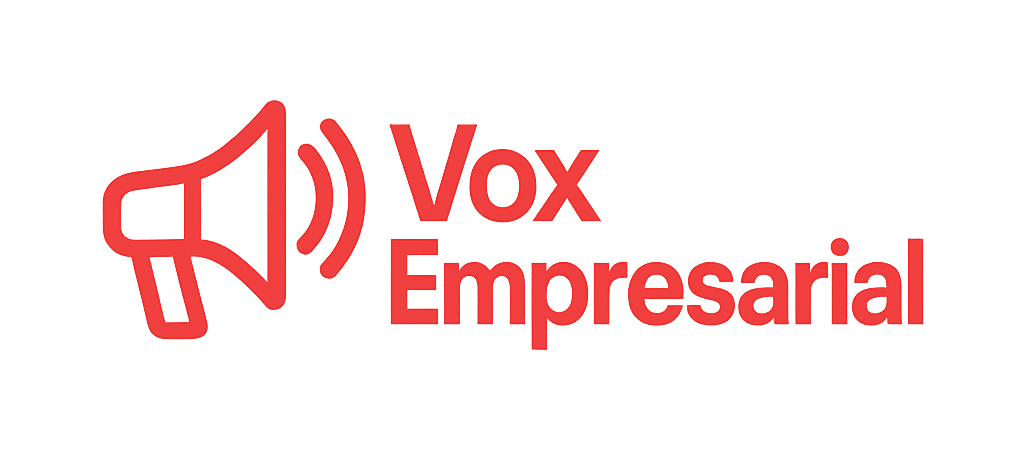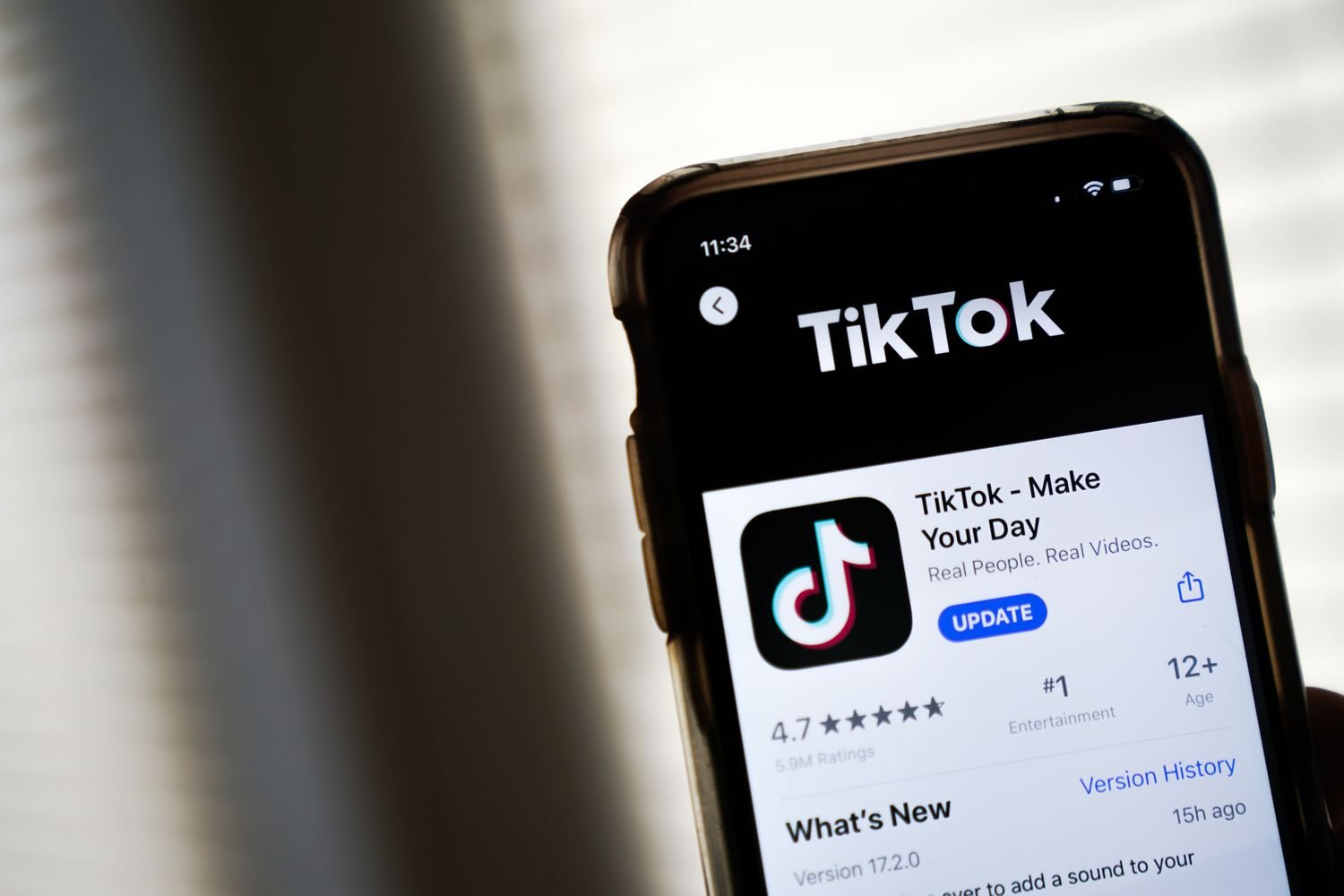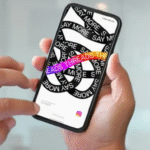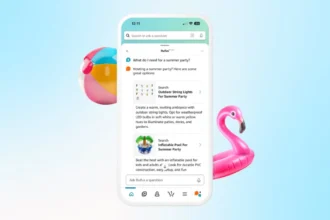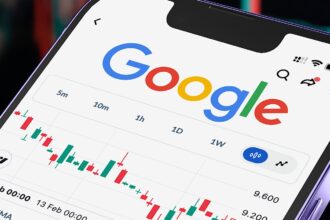TikTok introduced “Footnotes”, a pioneering, real-time fact‑checking tool designed to add context and clarity to short videos on its platform. This feature marks a strategic shift in TikTok’s efforts to combat misinformation through a hybrid model of community input and professional oversight.
🧩 What Are Footnotes?
Footnotes allow eligible users (18+, six months on the platform, no recent violations) in the U.S. to attach concise explanatory notes to videos containing potentially misleading or incomplete information poynter.org+11businessinsider.com+11disa.org+11. These annotations are peer‑reviewed and rated by other contributors using a bridge‑based ranking system—only notes deemed helpful by a diversity of viewpoints become visible to the wider audience reuters.com+5technext24.com+5primetel.com.cy+5.
🤝 Community + Professional Fact‑Checking
Unlike Meta or X—where community moderation replaced fact‑checkers—TikTok retains partnerships with over 20 IFCN‑accredited fact‑checking organizations poynter.org+6businessinsider.com+6misbar.com+6. This ensures that community‑generated footnotes complement, rather than substitute, expert review. TikTok’s trust and safety chief, Adam Presser, stated that this dual method aims for “a smarter and more effective system over time” disa.org+11businessinsider.com+11misbar.com+11.
Why Now?
- Regulatory scrutiny: As TikTok’s global footprint grows, so does scrutiny around misinformation and national security, particularly in the U.S. ahead of a looming divestiture deadline businessinsider.com+1technext24.com+1.
- Rise of misinformation: Short, viral videos—especially on complex or evolving topics—lend themselves to misinterpretation. Footnotes aim to bridge the context gap poynter.org+6technext24.com+6disa.org+6.
- Competitive differentiation: TikTok is following—but evolving—the “Community Notes” template from Meta and X by integrating professional fact‑checkers into the ecosystem abijita.com+15businessinsider.com+15reuters.com+15.
🔧 How Footnotes Works
- Eligibility: Users aged 18+, with six months on TikTok, no recent violations, and located in the U.S.
- Contribute: Add context on statistics, claims, breaking events, or STEM content.
- Peer review: Contributors rate each other’s notes; only those crossing a consensus threshold appear under the video reuters.com+11technext24.com+11businessinsider.com+11.
- Visibility: Once published, all users can see footnotes and vote on their helpfulness.
- Professional layer: Fact-checking orgs continue to label or debunk at scale primetel.com.cy+6disa.org+6technext24.com+6.
✅ Benefits & Early Challenges
- Scalability with oversight: Footnotes promise broader coverage through community insights while maintaining expert credibility.
- Better user education: Especially valuable for STEM, statistics, and fast-breaking events, where nuance matters technext24.com+1reuters.com+1.
- Reduced bias: The bridge‑based method reduces ideological echo chambers by requiring cross-perspective agreement disa.org+5primetel.com.cy+5abijita.com+5.
- Potential downsides:
- Delayed responses: Crowd-sourced systems often lag behind viral spread.
- Variable accuracy: Success depends on active, responsible contributors.
- Disclosure limits: TikTok hasn’t published public metrics on note coverage or effectiveness—unlike X’s transparency reuters.com+5poynter.org+5businesstechweekly.com+5.
🔮 What This Means
- For users: More context during viewing; critical thinking is encouraged—but all note-worthy or complex content still warrants caution.
- For creators: Claims and data within videos may be annotated; some information could trigger content review or labels by fact‑checkers.
- For TikTok: This feature strengthens TikTok’s defenses in the face of U.S. regulatory concerns and builds goodwill by demonstrating proactive action.
- For the industry: A hybrid model of community‑driven annotations plus professional fact‑checking might become the next standard—balancing coverage and credibility.
